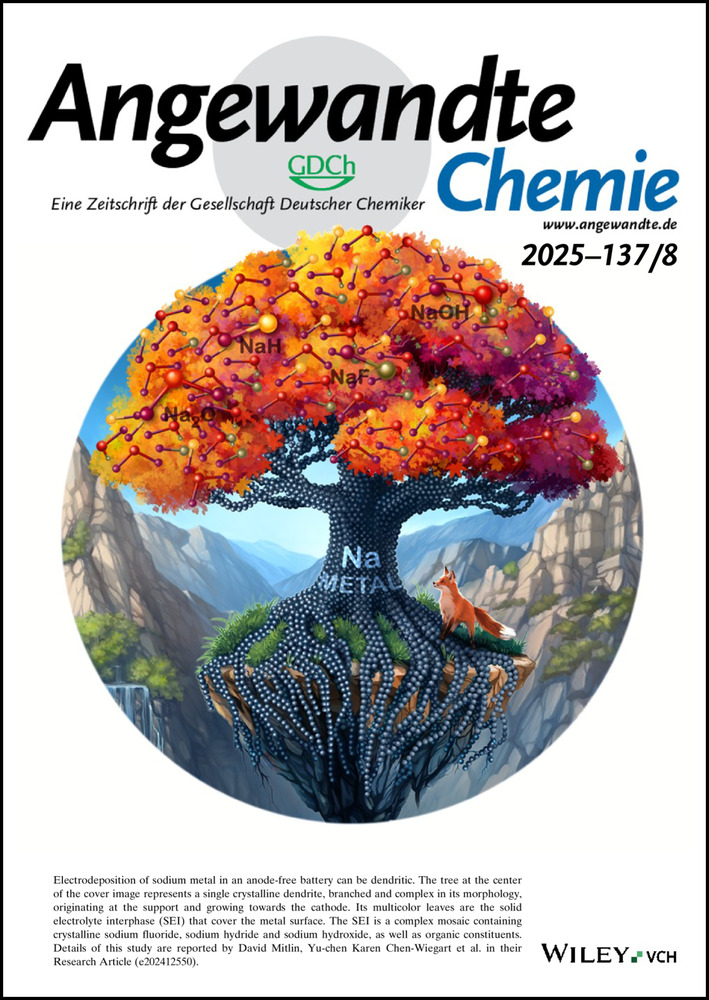Enzyme-Inspired Single Selenium Site for Selective Oxygen Reduction
Abstract
Learning from nature has garnered significant attention in the scientific community for its potential to inspire creative solutions in material or catalyst design. The study highlights the design of a biomimetic single selenium (Se) site-modified carbon (C) moiety that retains the unique reactivity of selenoenzyme with peroxides, which plays crucial roles in selectively catalyzing the oxygen reduction reaction (ORR). The as-designed Se−C demonstrates nearly 100 % 4-electron selectivity, evidenced by 0.039 % of H2O2 yield at 0.5 V versus reversible hydrogen electrode, outperforming commercial platinum (Pt) by 65 times. In situ X-ray absorption spectroscopy and theoretical calculations attribute this exceptional selectivity to the enzyme-like behaviors of the Se site to steal an O atom from peroxide intermediates. The second achievement is the significantly increased consecutive 2+2 electron selectivity. Benefiting from the enzyme-like H2O2 reduction activity with a higher onset potential of 0.915 V compared to Pt at 0.875 V, the Se−C as a secondary catalytic site reduced the H2O2 yields of the Co−N−C, Fe−N−C, and N−C catalysts by 96 %, 67 %, and 98 %, respectively, via a consecutive 2+2 electron pathway. This also leads to more stable catalysts via protecting the active sites from oxidative attacks. This work establishes new pathways for precise tuning of reaction selectivity in ORR and beyond.
Conflict of Interests
The authors declare no conflict of interest.
Open Research
Data Availability Statement
The data that support the findings of this study are available from the corresponding author upon reasonable request.




